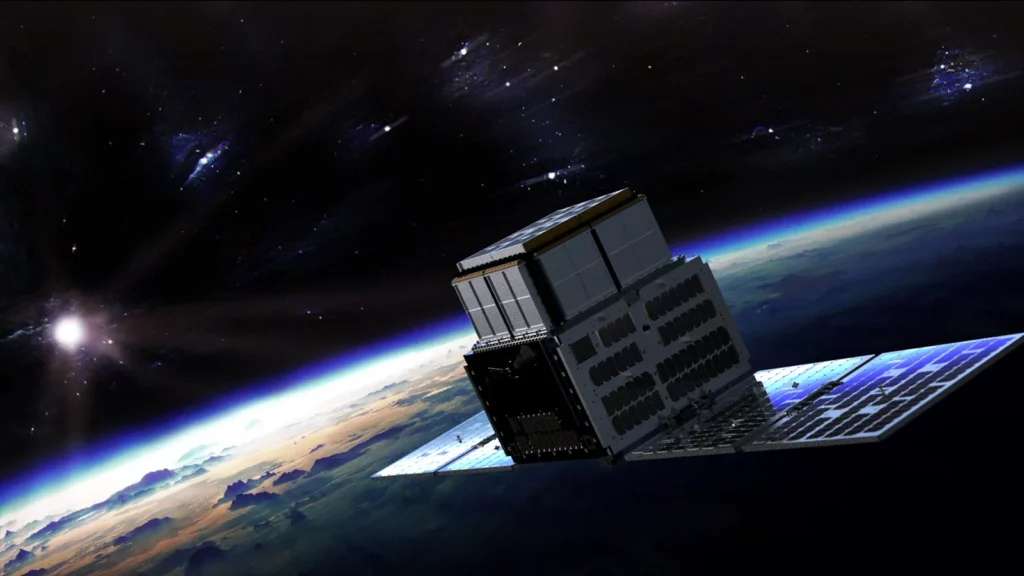What’s Under Development at SFL? Two Small Satellites for NASA Astrophysics Pioneers Program

Two small satellites for the NASA Astrophysics Pioneers Program are under development at the Space Flight Laboratory (SFL) facility in Toronto. SFL won two of the first four contracts awarded under the program enacted by NASA to find innovative new ways to perform astrophysics research in space – at a maximum investment of $20 million per mission.
SFL is developing the two missions, called StarBurst and Aspera, for NASA Marshall Space Flight Center (MSFC) and the University of Arizona, respectively. The 300-330-kg StarBurst spacecraft is being built on an ESPA-Grande variant of our scalable DAUNTLESS bus. The smaller 60-kg Aspera is using a large variant of the DEFIANT microsatellite platform.
Both small satellites will engage in ground-breaking cosmic exploration. Starburst will detect high-energy gamma ray emissions from events such as the merger of neutron stars, believed to form gold, platinum, and other heavy metals in the universe. Aspera will carry a small telescope that will take the most sensitive far-ultraviolet observations of nearby galaxies in history. These observations will give scientists insights into how galaxies form and evolve.
In addition to providing the spacecraft platforms, performing system integration and conducting testing for StarBurst and Aspera, SFL will support the launch, commissioning and operation of the spacecraft.
SFL is honored to have been selected for the Astrophysics Program and to work with two of NASA’s most prominent principal investigators. Dr. Daniel Kocevski at MSFC is the lead investigator for the StarBurst mission, and Arizona’s Dr. Carlos J. Vargas is lead investigator for Aspera.

